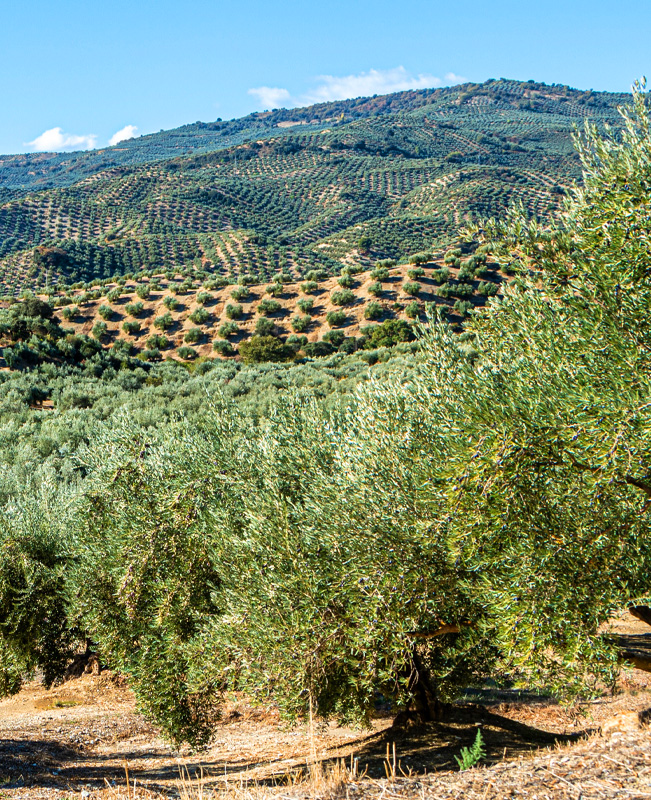
Olive trees have a long and rich history in Mesopotamia, which is located in modern-day Iraq and parts of Syria, Turkey, and Iran. Mesopotamia is often referred to as the cradle of civilisation, where early human societies developed agriculture, cities, and complex social structures.
The cultivation of olives and the production of olive oil were significant aspects of Mesopotamian agriculture and economy. Olive trees were well-suited to the region’s climate and soil conditions, and they played a vital role in the daily lives of the people.
The ancient Mesopotamians recognised the value of olive trees for their versatile and nutritious fruits, as well as for the oil extracted from them. Olive oil served various purposes, including cooking, lighting, religious rituals, and medicinal applications. It was also used for trade and commerce, as Mesopotamia was situated at a crossroads of ancient trade routes.
In Mesopotamian literature and mythology, the olive tree held symbolic significance. It was often associated with fertility, prosperity, and abundance. The Epic of Gilgamesh, one of the oldest surviving works of literature, mentions the importance of the olive tree and its oil.
Over time, the cultivation of olives and olive oil production spread to other parts of the Mediterranean and beyond, but its origins can be traced back to Mesopotamia. Today, olive trees still grow in the region, continuing the long tradition that began thousands of years ago.
